Looking for a quiet back road with great boreal habitat for birding? Sabattis Circle Road in the Town of Long Lake fits the bill – no pun intended! This six-mile long, half-circle road leads through a variety of habitats and sections of the William C. Whitney and the Round Lake Wilderness Areas. (The William C. Whitney Wilderness Area is an Audubon New York designated "Important Bird Area.") In winter, when many other popular birding locations become inaccessible, Sabattis Circle Road is well-plowed and maintained. Photographers, audio recorders, birders, and wildlife enthusiasts all enjoy this peaceful road through a remote wilderness.
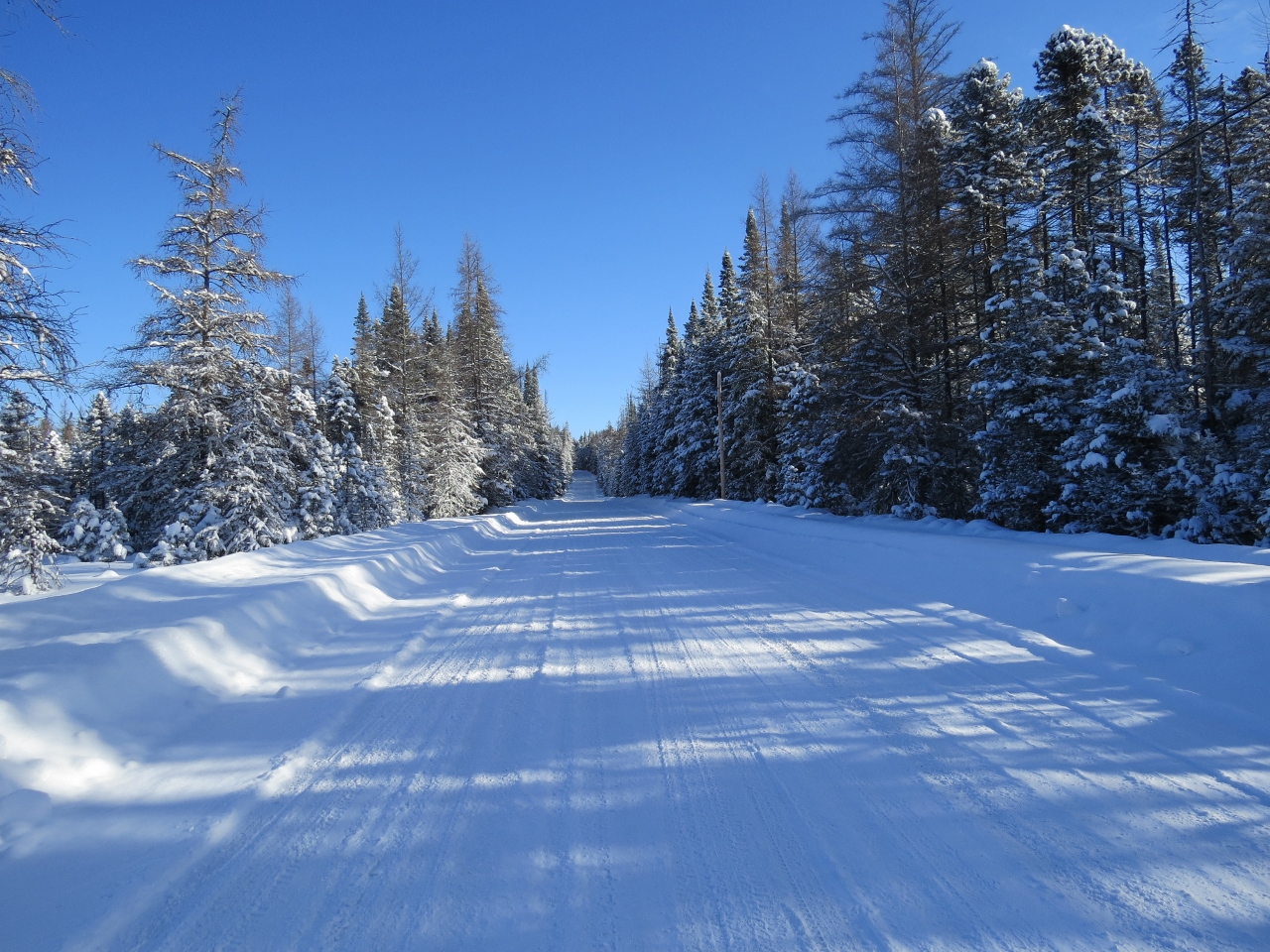
Southern End of Sabattis Circle Road to Little Tupper Lake
Sabattis Circle Road is a half-circle with two entrances along Route 30 between Long Lake and Tupper Lake. Starting from the southern entrance closer to Long Lake, the road leads through deciduous and mixed forest habitats. Beautiful Snow Buntings, which nest in the Arctic, are often found along this section. American Tree Sparrows and Dark-eyed Juncos can be observed feeding at the road's edge. Mixed species flocks, including Hairy Woodpeckers, Black-capped Chickadees, Red-breasted Nuthatches, Brown Creepers, and Golden-crowned Kinglets, can be found anywhere along the road.
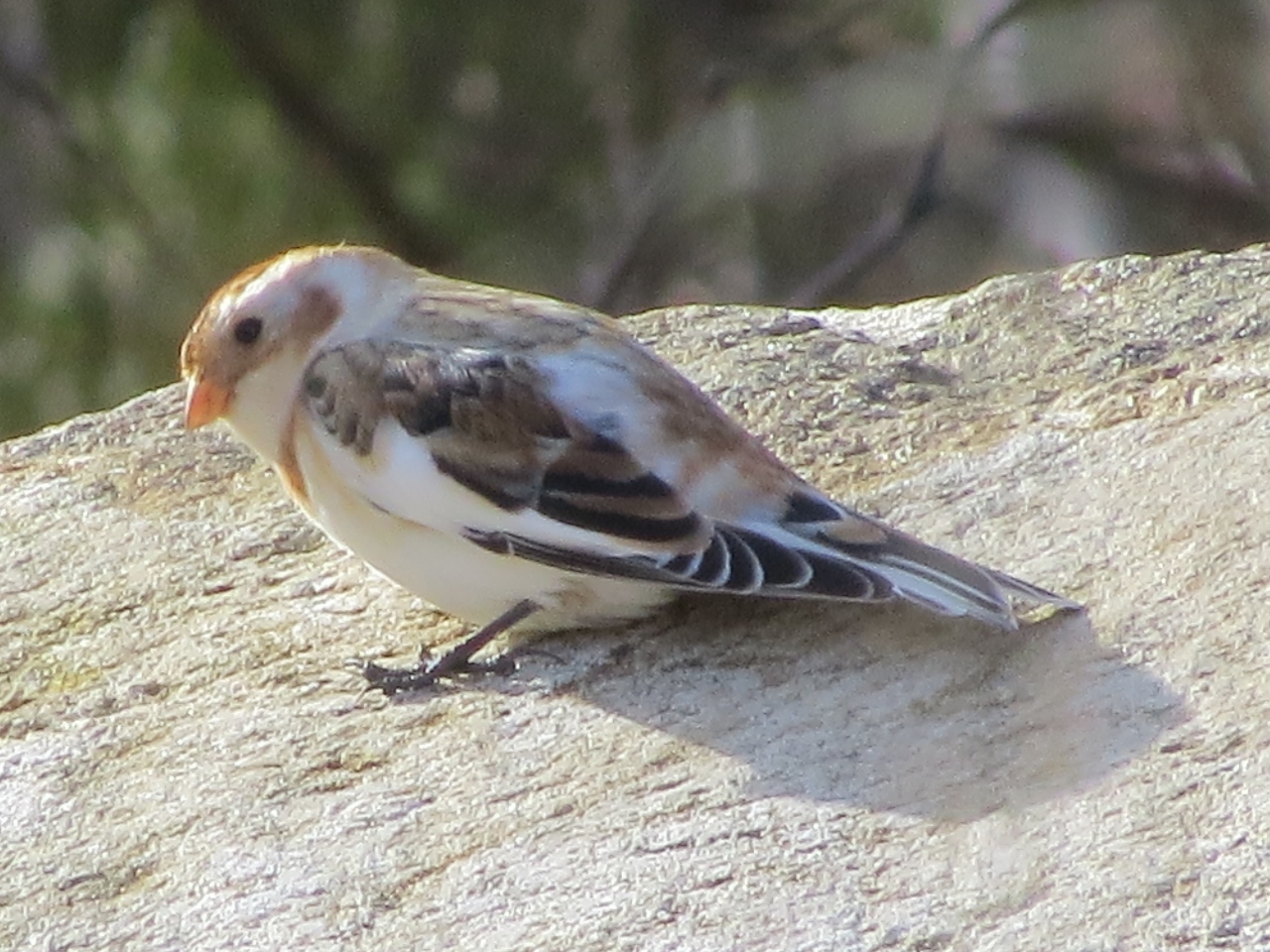
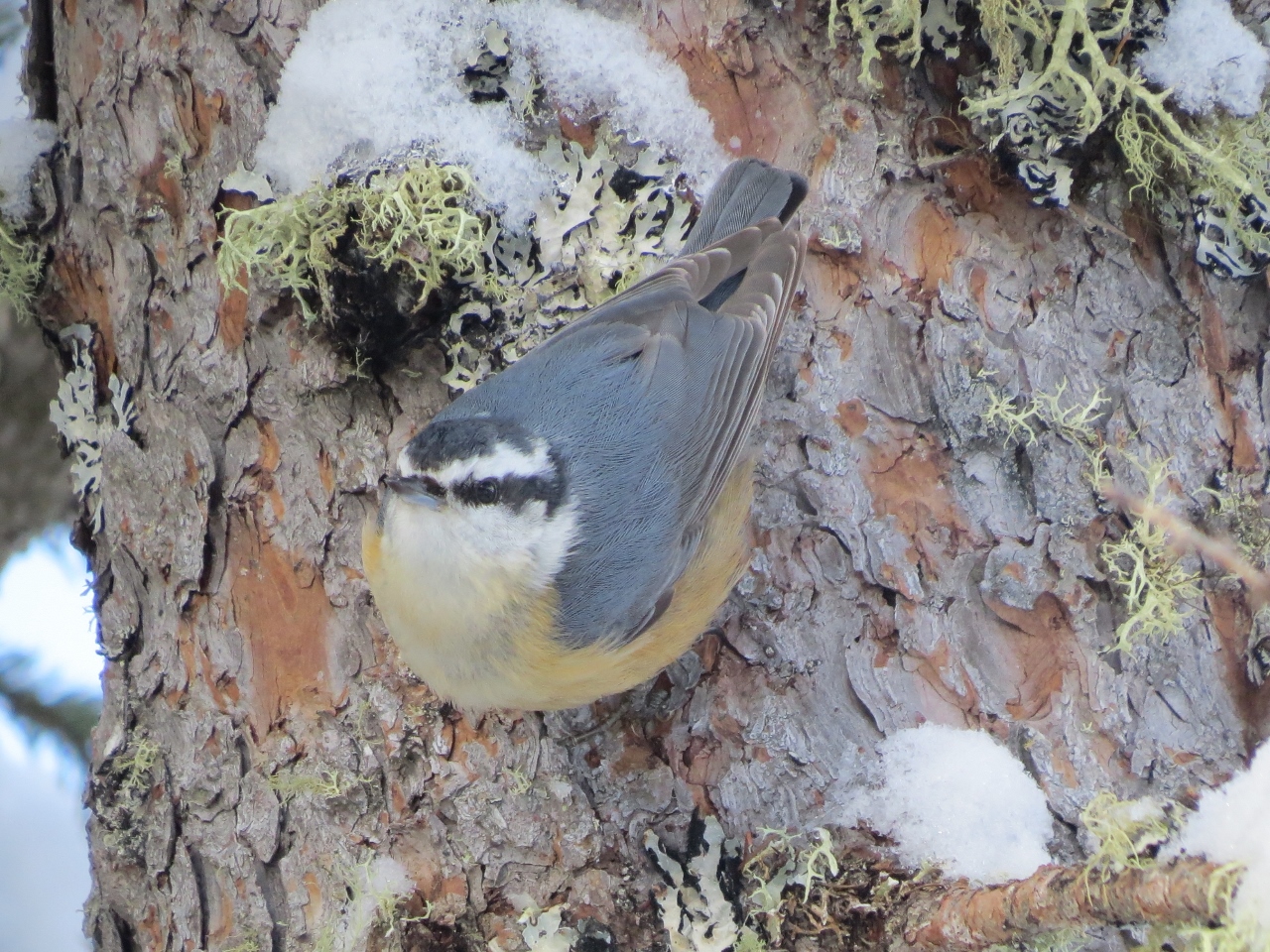
Little Tupper Lake Inlet
The inlet of Little Tupper Lake is a great birding spot. Multiple habitats converge at this location – deciduous, mixed, and boreal forests, and a vast marsh along the inlet. This winter, Red Crossbills are nesting in boreal habitat near the marsh. They spend a lot of time gritting in the road by the bridge over Little Tupper Lake's inlet. Snow Buntings and lingering sparrow species also favor this location. On several occasions this winter, I have observed Northern Shrikes hunting birds near the marsh and Bohemian Waxwings feeding in berry bushes.
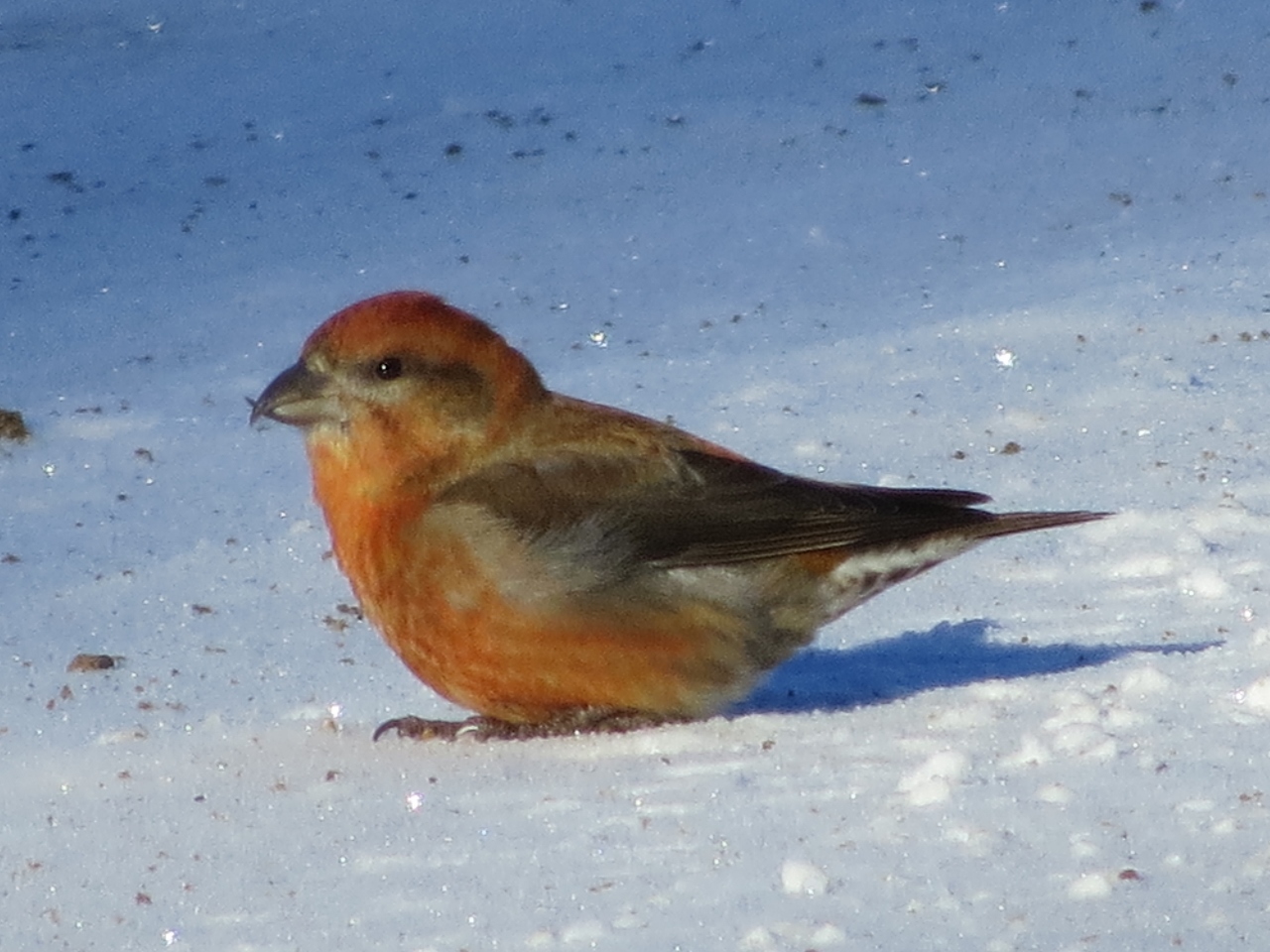

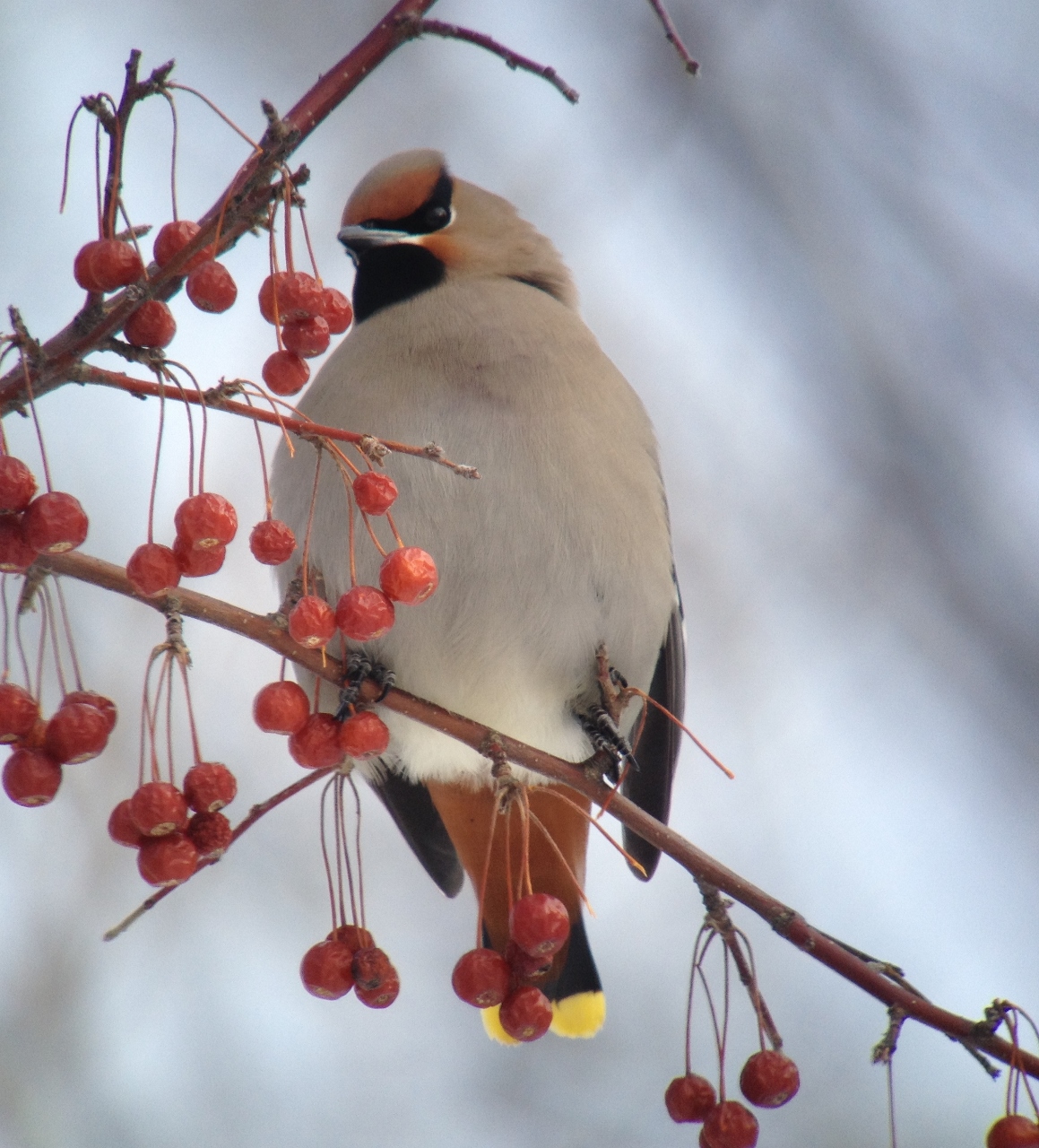
Bald Eagles can be spotted soaring anywhere along the road. Ruffed Grouse are quite abundant along Sabattis Circle Road. Look for grouse at the edge of the road and high up in deciduous trees eating buds in winter. I recently found a male Ruffed Grouse in full display with two other grouse feeding around him!
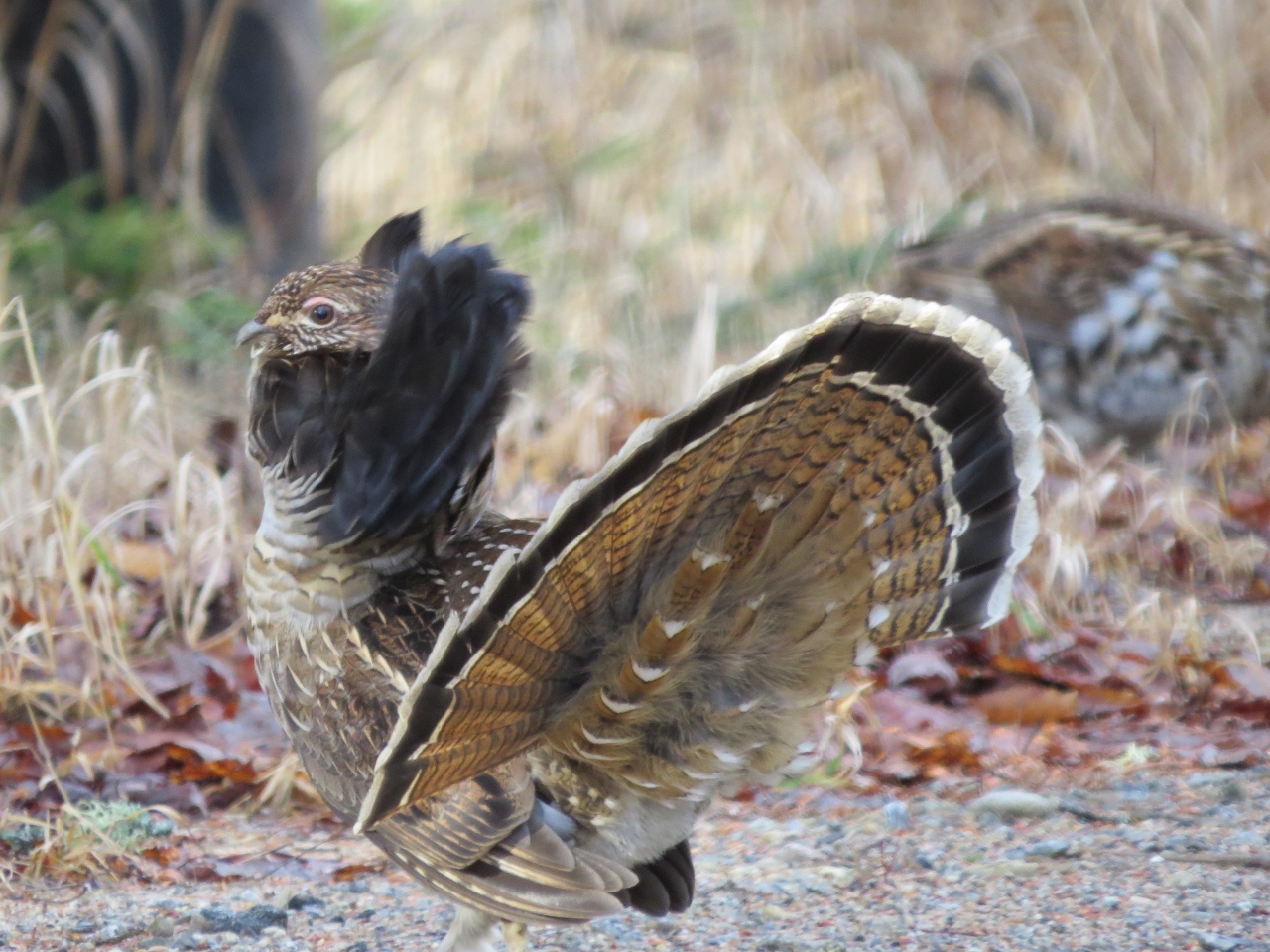
Little Tupper Lake Inlet to the Northern End of Sabattis Circle Road
After crossing Little Tupper Lake's inlet, you'll pass a left turn that leads to Whitney Headquarters, Lake Lila, Round Lake, and Sabattis Station – this road eventually dead-ends at the old rail bed at Sabattis Station in just over 8 miles. Continuing straight on Sabattis Circle Road, the habitat becomes boreal forest. Listen for Black-backed Woodpeckers, Gray Jays, and winter finches such as Purple Finches, Red Crossbills, White-winged Crossbills, Pine Siskins, and American Goldfinches.
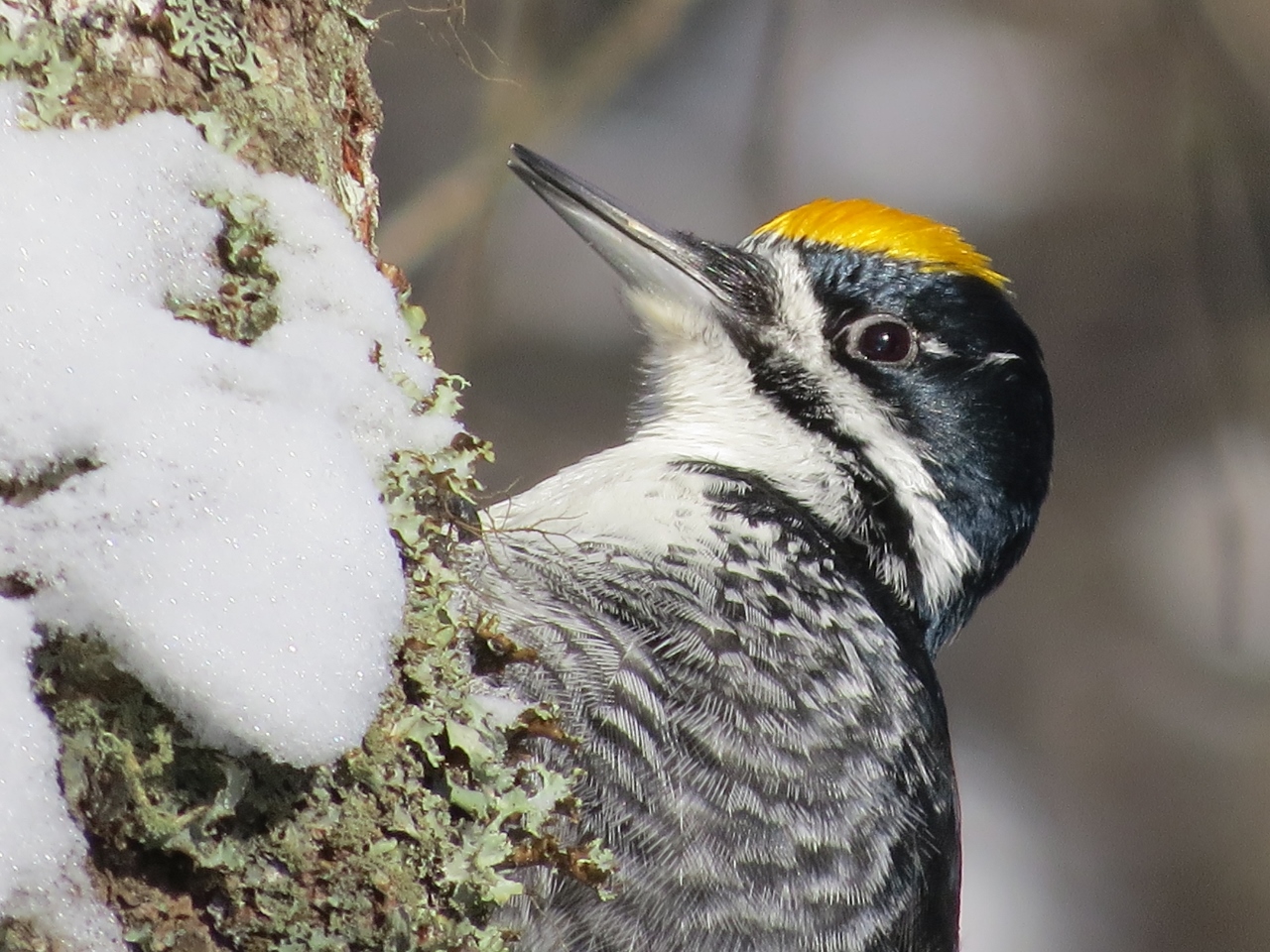
A half-mile from the turn for Whitney Headquarters, Hedgehog Pond is found on the left just before a red metal-gated road (Round Pond Road). This is another spot to listen for Black-backed Woodpeckers and Gray Jays.
Continue driving for another mile to reach Sabattis Bog. This is a wonderful location to find Black-backed Woodpeckers, Gray Jays, Boreal Chickadees, and finches, including Red Crossbills, which appear to be nesting here too. I regularly feed the Gray Jays at the bog with 4 to 8 birds usually observed. If you visit, bring "Gray Jay" food – they particularly enjoy bread and raisins! I also bring sunflower seeds which attracts Black-capped Chickadees and Red-breasted Nuthatches. Boreal Chickadees flock with Black-capped Chickadees, so if you attract the latter with seeds, Boreal Chickadees can often be spotted waiting for their flock mates in nearby trees. The land at the bog is posted, so bird watching is done from the road.
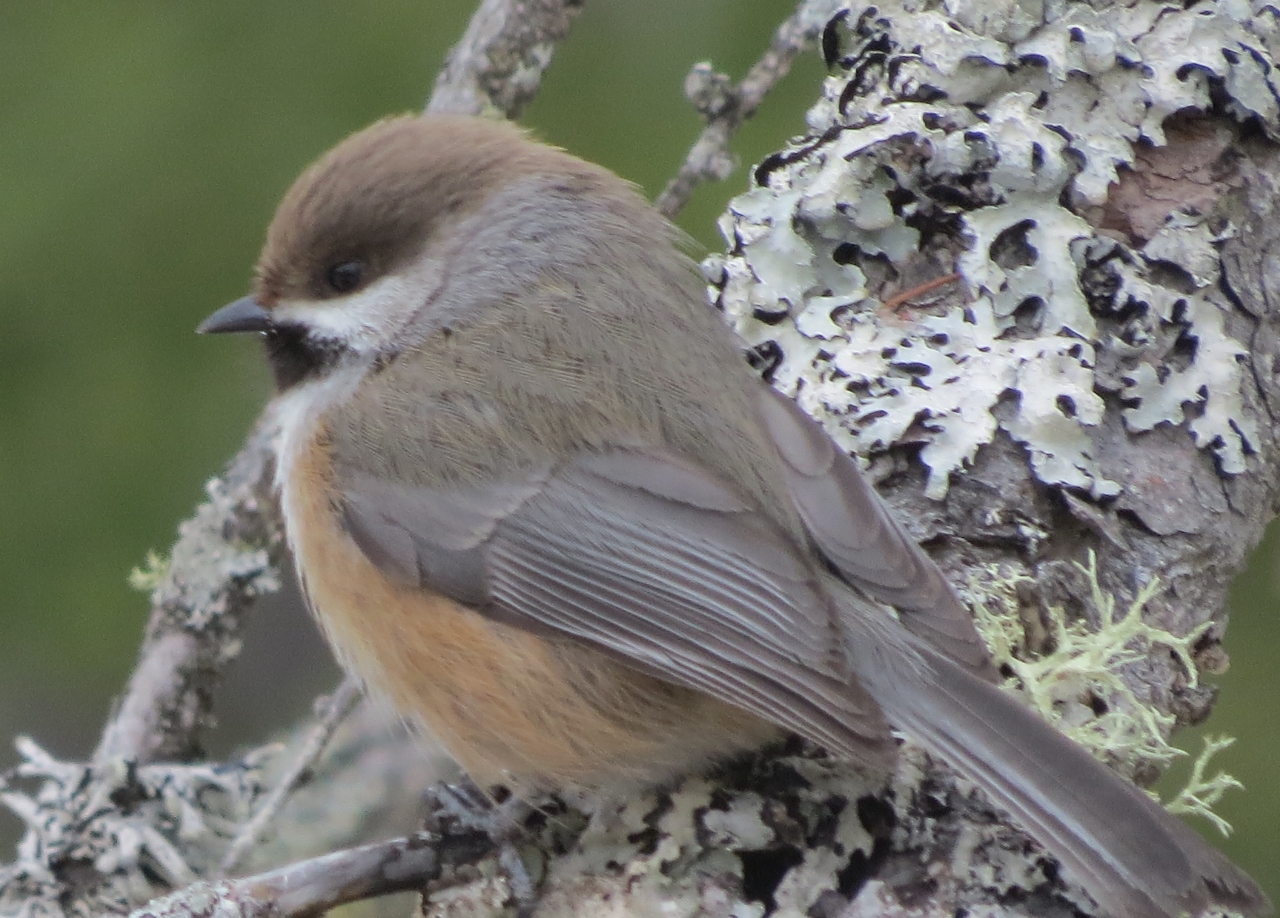
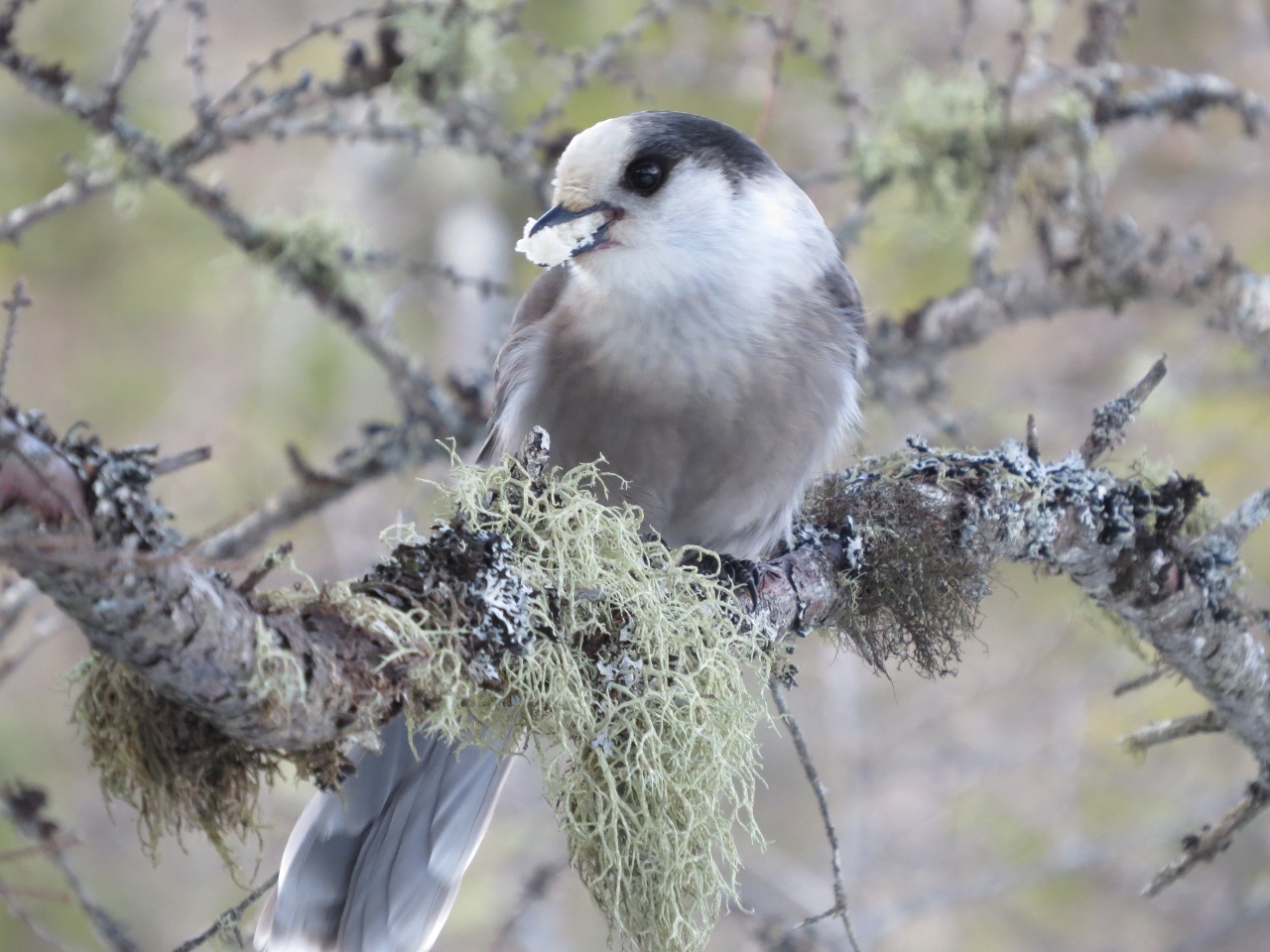
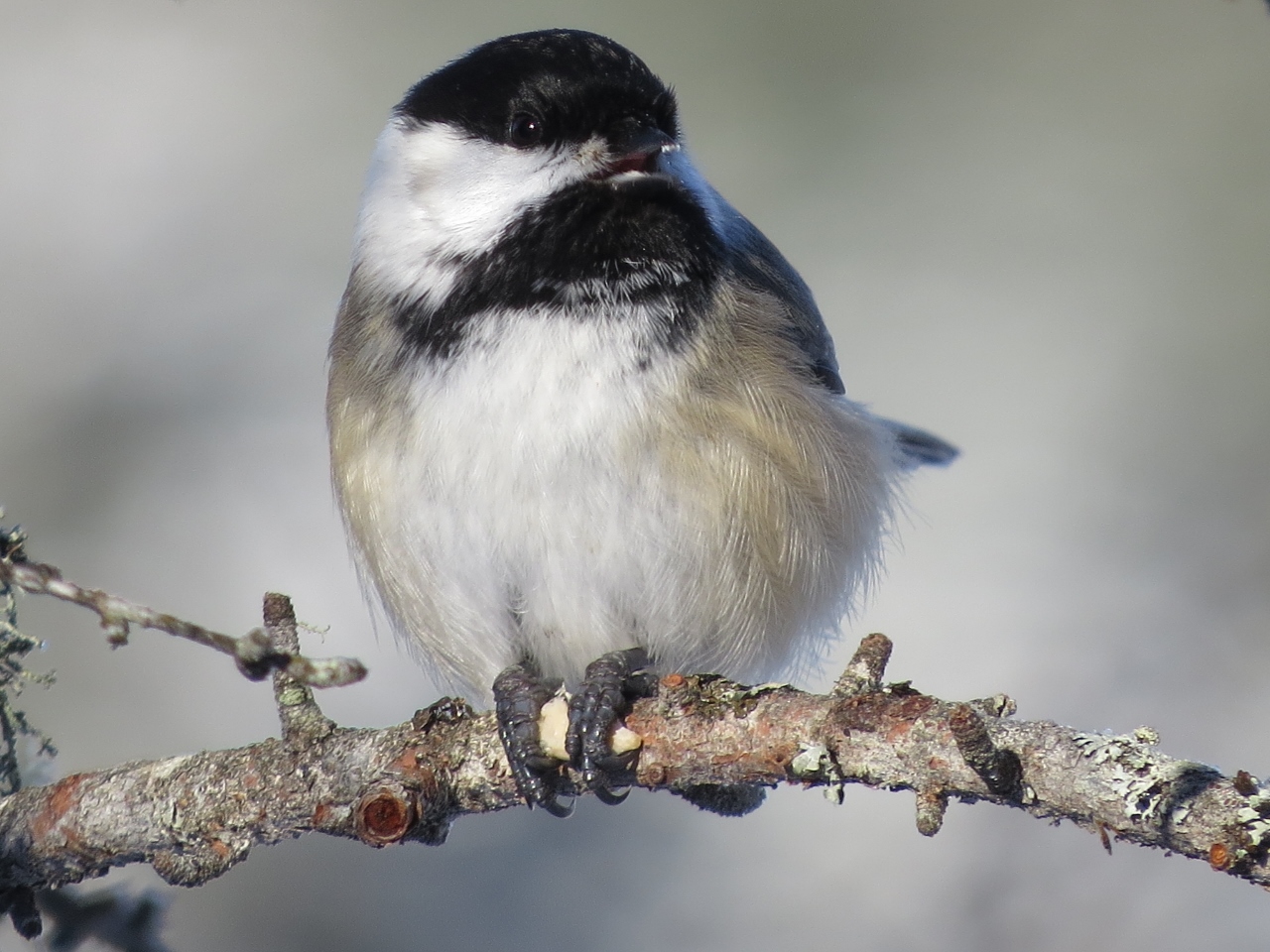
From Sabattis Bog, the drive north to Route 30 is about 1.4 miles through mixed forest habitat.
Owls!
If you are fond of owling, Sabattis Circle Road is highly recommended! Three species nest along the road: Great Horned, Barred, and Northern Saw-whet Owls. Great Horned Owls nest in February. Listen for them hooting by Little Tupper Lake. One night, I observed a Great Horned Owl with a dead Snowshoe Hare in the road. Our breeding Northern Saw-whet Owls migrate in the fall, but owls to our north often migrate south into our area for the winter. Northern Saw-whet Owls nest along the road near Round Lake and are most vocal in April and May. Barred Owls will hoot at any time of year and can be found throughout the area. In addition to the 6-mile half-circle road, you can take the turn toward Whitney Headquarters – this road leads over 8 miles to a dead-end at Sabattis Station, giving you a total of 14 miles for owling on a quiet back road. I've found as many as 7 owls driving this road at night.
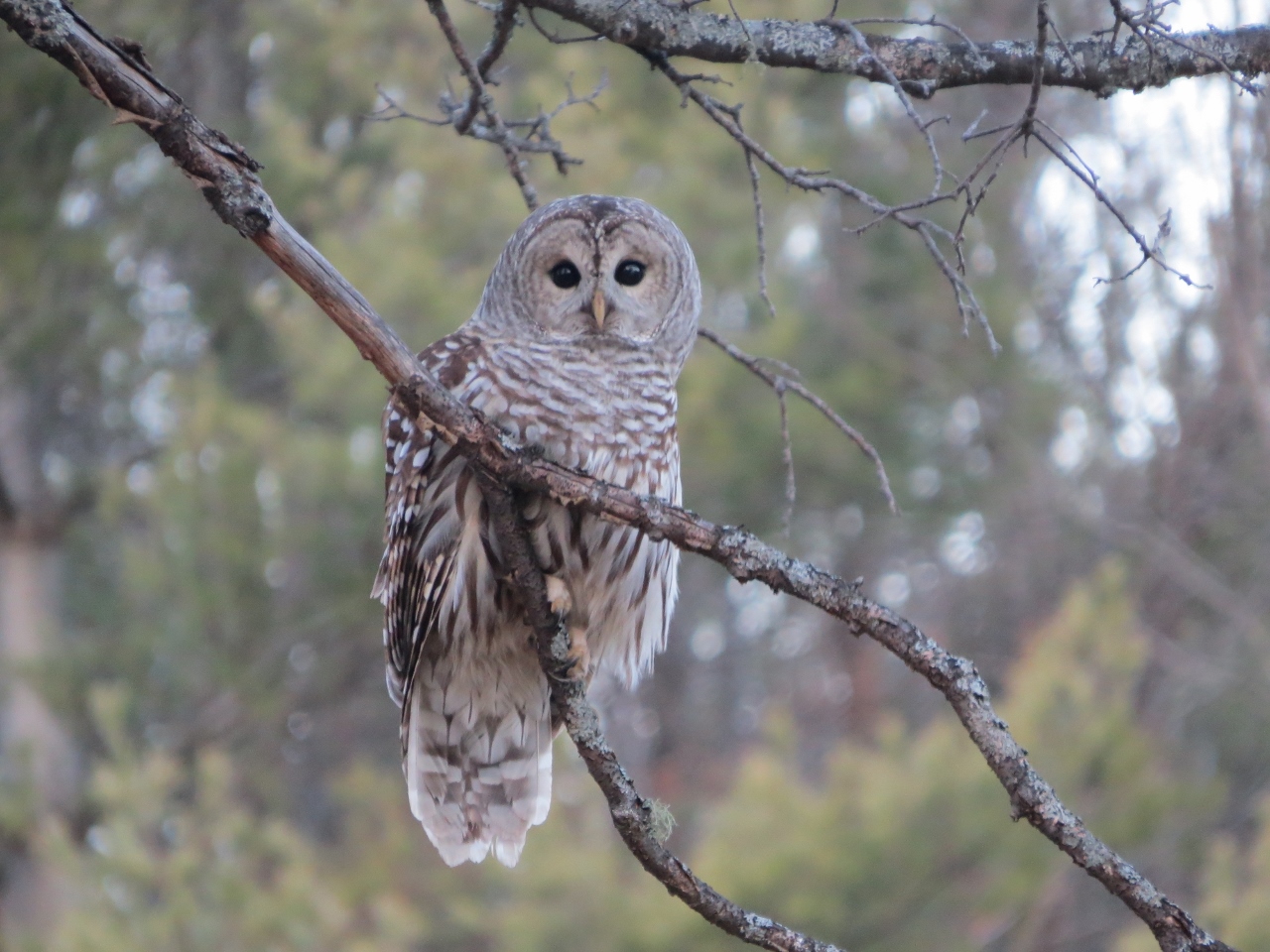
A Great Road for Spotting Mammals too!
A scientist recently called me on behalf of a famous wildlife photographer to ask for the best place to photograph Adirondack mammals. My answer was Sabattis Circle Road! Wildlife abounds in this quiet wilderness area and I've viewed just about every mammal species in the Adirondacks over the years along this road. Moose have become common in this area and I frequently see their tracks — year-round.
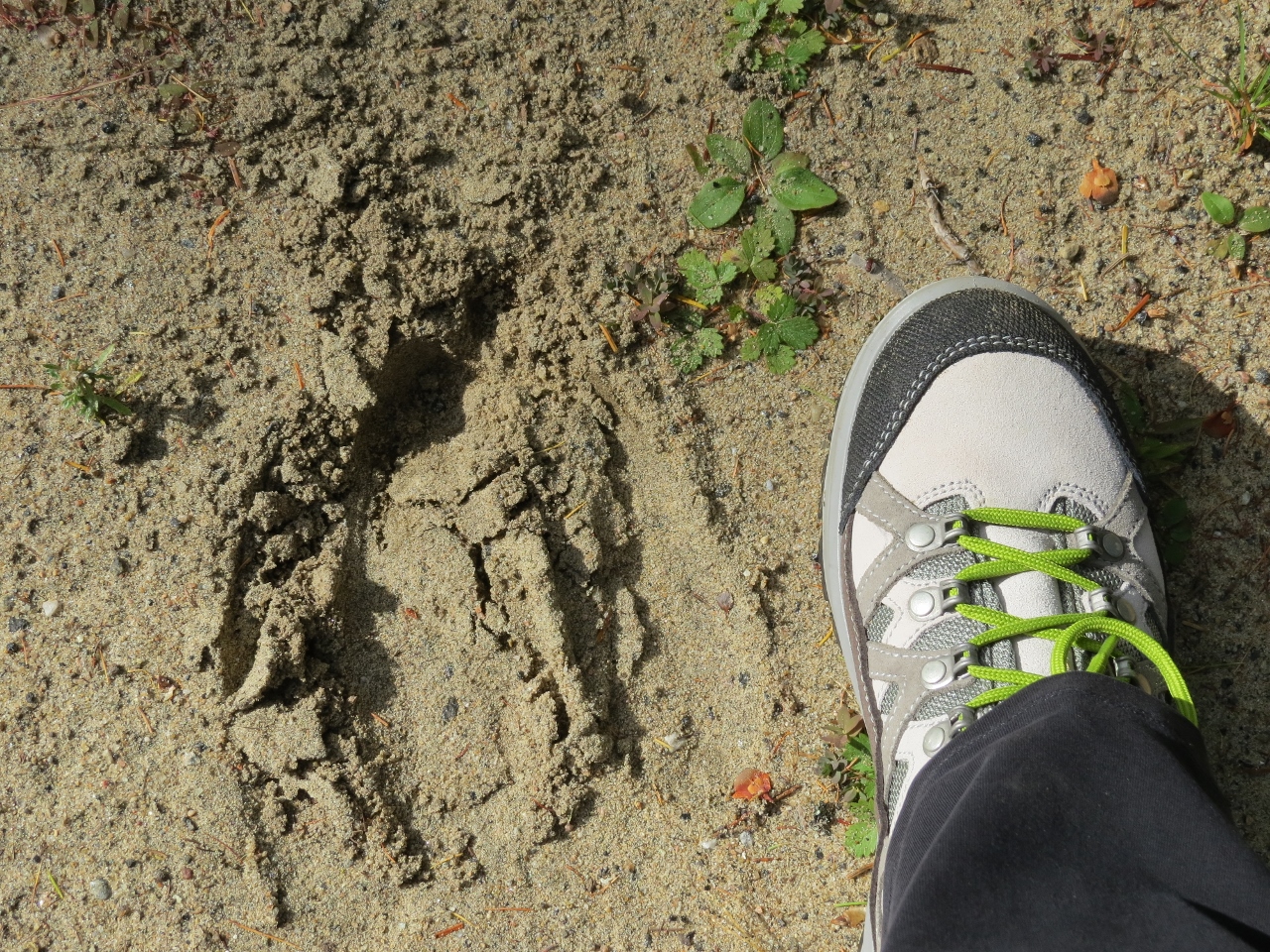
Most of my black bear sightings are along Sabattis Circle Road.
I regularly observe river otters by the Little Tupper Lake inlet. In winter, they maintain holes in the ice and pop up to eat fish. It is great fun to see them bound and slide on the ice! A few days ago, I observed a beautiful mink cross the road at the inlet.
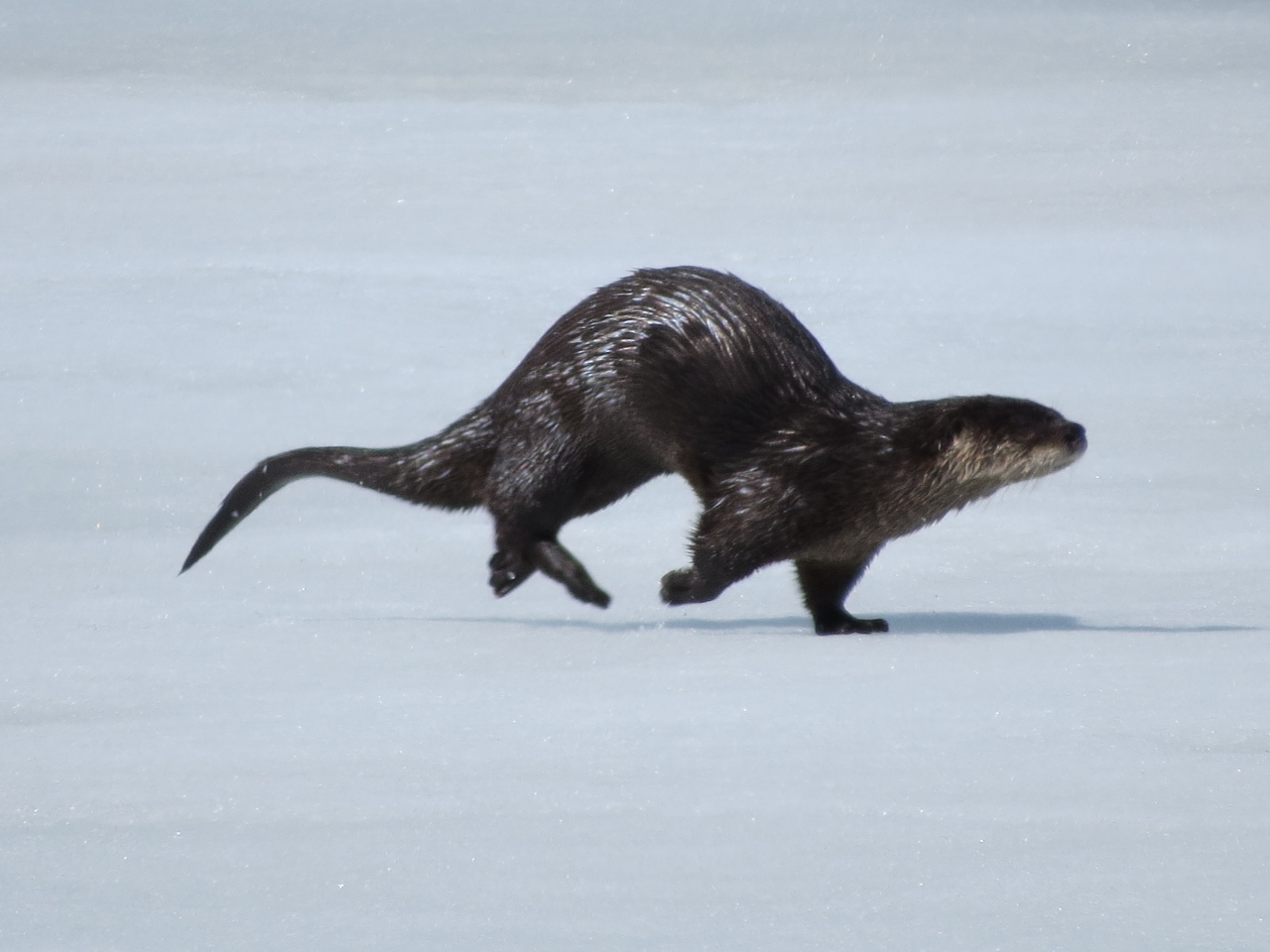
One winter, I found a porcupine wintering in a hemlock by Sabattis Bog. It spent 6 weeks in the same spot on a branch and the scat pile below grew to be a giant mound. Wintering in a tree with its dangerous tail pointed toward the trunk is a safe position to defend against fishers, their main predator. I also observe fishers hunting at night in winter along the road. I suspect it gives the fisher a couple of hunting advantages: speed on a plowed road and an element of surprise as a Snowshoe hare hops over the snowbank to cross the road.
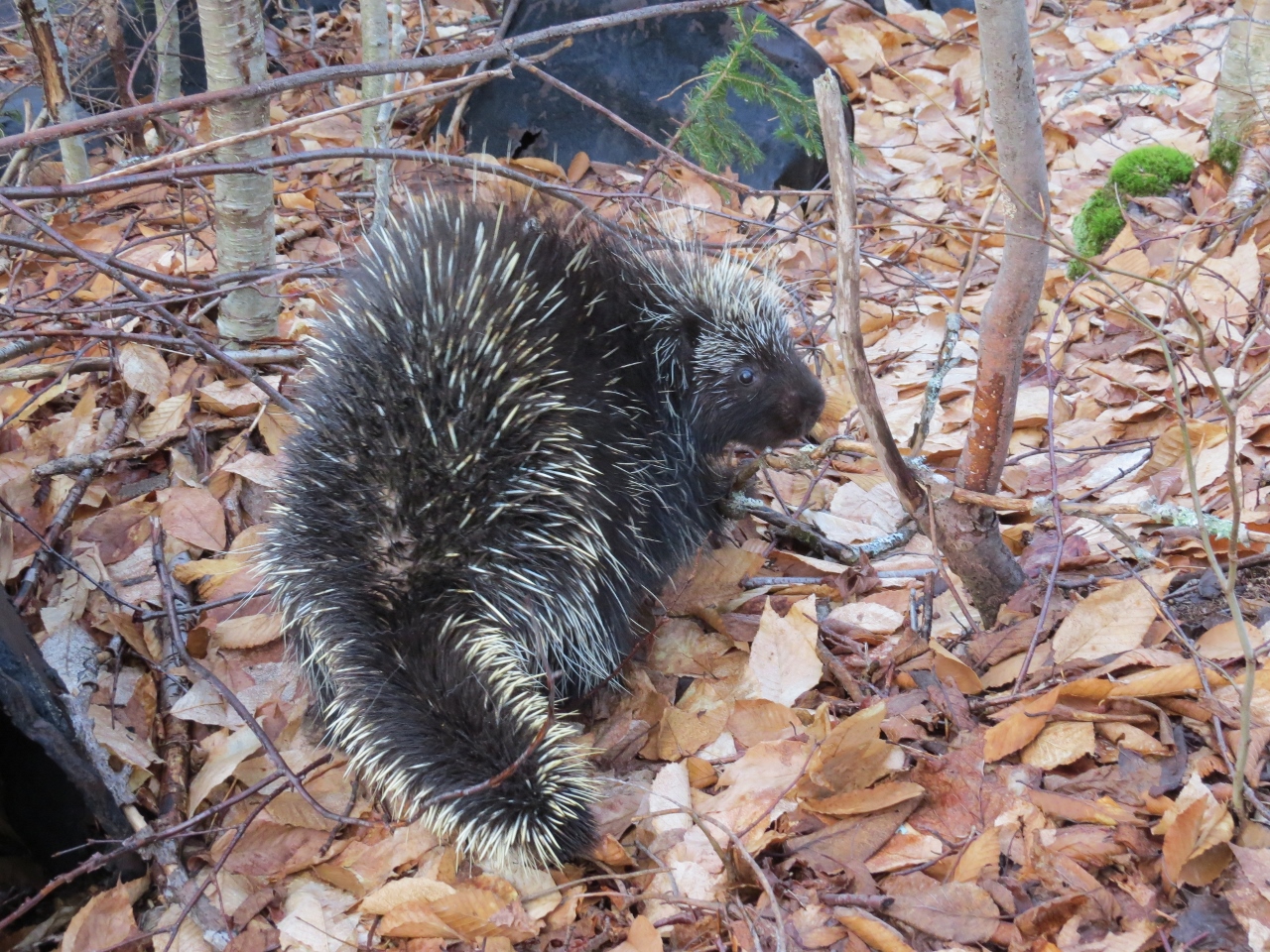
Cross-Country Skiing Opportunities
In addition to easy roadside birding, there are many locations for Cros- Country Skiing or Snowshoeing off Sabattis Circle Road and Sabattis Road to Sabattis Station. Stony Pond Trail, Round Pond Road, Burn Road Parking Area, road to Lake Lila, and the railroad bed at Sabattis Station (a groomed snowmobile trail in winter) are all available for cross-country skiing or snowshoeing.
When you visit this easily accessible wilderness area, plan to check out our wonderful dining and nearby lodging options.
Taking flight around the ADKs this week:
Eating out of the palm of your hand — literally.






